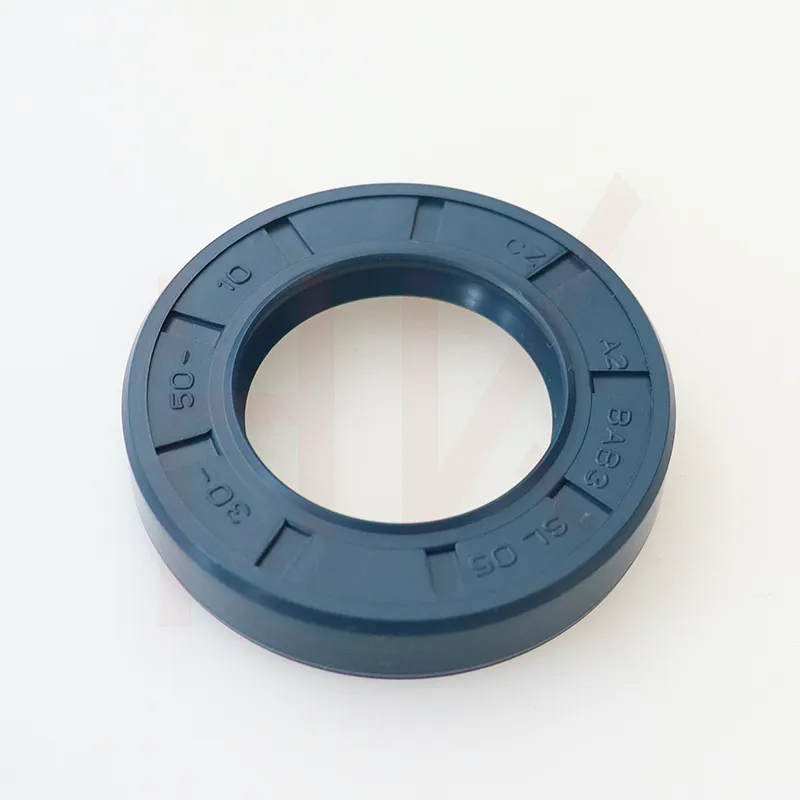Dec . 25, 2024 21:52 Back to list
wiper ring seal
Understanding Wiper Ring Seals Function, Design, and Applications
Wiper ring seals, also known as wiper seals or dust seals, play a vital role in various mechanical systems, particularly in hydraulic and pneumatic applications. These seals are primarily designed to prevent contaminants such as dirt, dust, and moisture from entering the operating area of a system while ensuring that hydraulic or pneumatic fluids remain contained. In this article, we delve into the function, design features, and applications of wiper ring seals, highlighting their significance in maintaining system integrity and performance.
The Function of Wiper Ring Seals
The primary purpose of a wiper ring seal is to provide protection to the internal components of machinery, especially in environments exposed to external elements. By effectively wiping the rod or shaft as it moves, the wiper ring prevents particles from accumulating at critical sealing surfaces. This function is crucial for the longevity and reliability of hydraulic cylinders, pneumatic cylinders, and other mechanical devices.
In addition to keeping contaminants out, wiper rings can also help maintain lubrication within the system. Ensuring that sufficient lubricant remains in contact with moving parts reduces wear and tear, promoting smoother operation and extending the life of the machinery. The dual role of wiper rings in sealing and lubrication is essential for optimal performance, especially under demanding conditions.
Design Features of Wiper Ring Seals
Wiper ring seals are typically made from durable, resilient materials that can withstand harsh conditions and varying temperatures. Common materials include polyurethane, rubber, and fluoropolymers, each chosen for specific applications based on their resistance to wear, temperature fluctuations, and chemical exposure.
The design of wiper seals also incorporates various profiles to optimize their performance. For instance, some wiper rings feature a lip or blade-like edge that effectively scrapes away contaminants as the rod or shaft passes through. Others may have a more robust structure, designed to endure high-pressure environments while still performing efficiently.
wiper ring seal

Another essential aspect of design is the tolerance and fit between the wiper ring and the moving component. A well-engineered fit ensures minimal friction while still providing an effective barrier against contaminants. The effectiveness of a wiper seal significantly depends on achieving this balance, as too tight of a fit can lead to excessive wear, while a loose fit can compromise sealing efficiency.
Applications of Wiper Ring Seals
Wiper ring seals are commonly found in various industries, including automotive, aerospace, construction, and manufacturing. In hydraulic systems, for example, wiper seals help protect hydraulic cylinders used in heavy machinery, cranes, and forklifts. Maintaining the integrity of these cylinders is critical, as any failure can lead to operational inefficiencies and potential safety hazards.
In the automotive sector, wiper seals are used in shock absorbers, steering systems, and braking systems. Their ability to prevent dirt and moisture from entering sensitive components significantly impacts vehicle performance and safety. Furthermore, in the aerospace industry, wiper seals are employed in landing gear and various actuators, where reliable performance is paramount due to the extreme conditions these components face.
The adaptability of wiper ring seals extends to pneumatic applications as well. They are often used in air cylinders and pneumatic actuators, where the prevention of dust and particles entering the system ensures smooth and reliable airflow, contributing to precise control and operation.
Conclusion
In summary, wiper ring seals are essential components that ensure the longevity and reliability of mechanical systems across various industries. Their primary functions—protecting internal components from contaminants and maintaining lubrication—underscore their importance in enhancing performance and safety. With advancements in material science and engineering design, wiper ring seals continue to evolve, meeting the increasingly demanding requirements of modern applications. As technology progresses, the role of wiper seals will remain crucial in maintaining the efficiency and integrity of hydraulic and pneumatic systems, making them an indispensable part of contemporary engineering practices.
-
TCN Oil Seal Metal Ring Reinforcement for Heavy Machinery
NewsJul.25,2025
-
Rotary Lip Seal Spring-Loaded Design for High-Speed Applications
NewsJul.25,2025
-
Hydraulic Cylinder Seals Polyurethane Material for High-Impact Jobs
NewsJul.25,2025
-
High Pressure Oil Seal Polyurethane Coating Wear Resistance
NewsJul.25,2025
-
Dust Proof Seal Double Lip Design for Construction Equipment
NewsJul.25,2025
-
Hub Seal Polyurethane Wear Resistance in Agricultural Vehicles
NewsJul.25,2025
-
The Trans-formative Journey of Wheel Hub Oil Seals
NewsJun.06,2025
Products categories
















